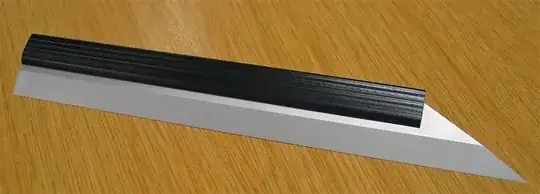I'm a noob, I admit it. but I did things mostly by the book.
- I had the heads reworked
- I scraped the top of the engine block clean
I installed the head gasket dry as per the instructions.
I didn't follow a bolt pattern for the intake manifold but I tightened them through the course of a few iterations.
I used dabs of ultra black to hold the manifold gasket in place, as per the instructions.
- I followed this bolt pattern for for my 99 Ranger V6 3.0L. I did use anti-sieze compound on the head bolts by mistake but I torqued it to the specs.
Well, at first it wouldn't start so I looked at the oil and it was already mixed with coolant. I figure maybe some of that was left over that didn't get drained out of the engine. So I bled off some oil and sure enough the watery stuff leaked out first and then it turned more oily.
Well, I finally got it running. I don't know what did it. I went to the parts store to get some fuel stabilizer and I put that in and it started immediately. Almost too immediately. I don't know if it started because I let it sit or because of the stabilizer. I think it was because I let it sit.
So I let it idle for 10 minutes and it's doing that fine. So I drive it around the block. After I accelerate a little the engine stalls. This happens a few more times. The temperature gauge was reading normal temperatures but I touch various parts of the engine and it's hot, which would explain the stalling and why the head gaskets got warped in the first place.
I replaced the water pump and thermostat. I was a little concerned about the thermostat because everyone says to put its spring facing the engine but it fit better with the spring facing up. I installed with the spring down (towards the ground/engine) though.
Anyhow, I check the oil after all this and it's light brown with a bubble or two. It looks like either my repair didn't fix anything or there was a lot of contaminated oil that never drained out of the engine.
So, I think I did things right but don't understand why it's still getting so hot and if/why coolant is still mixing with the oil.
